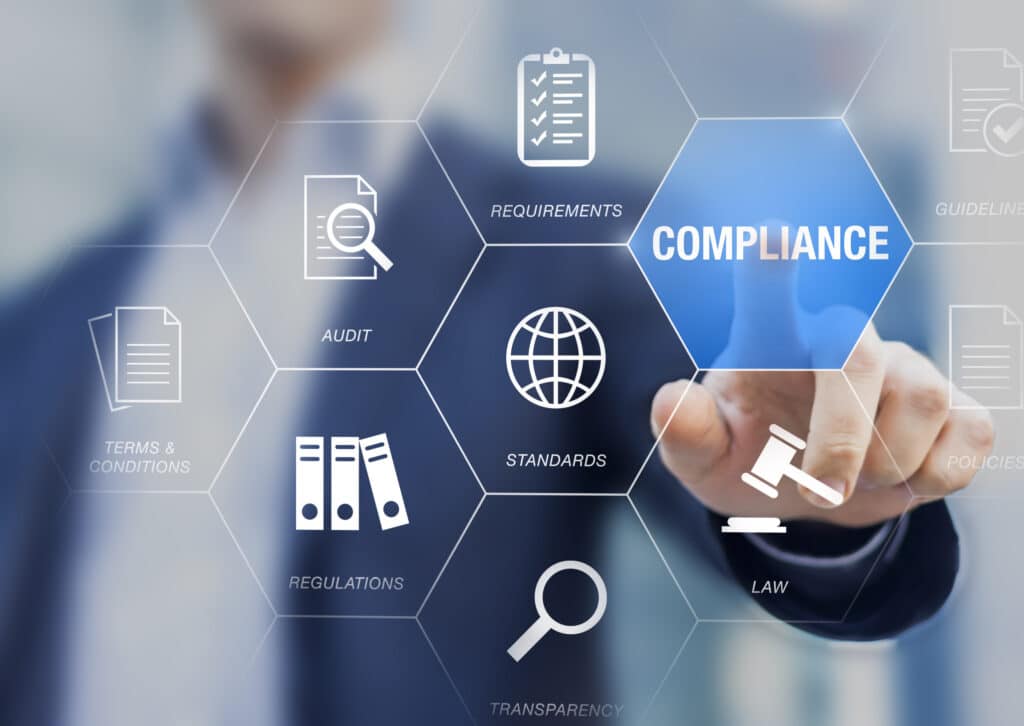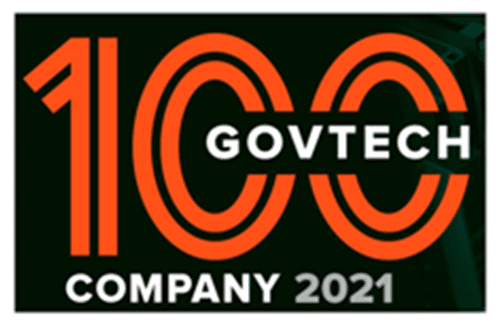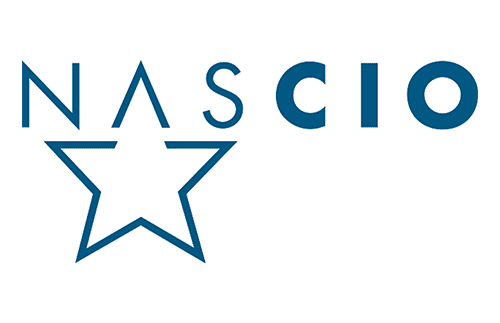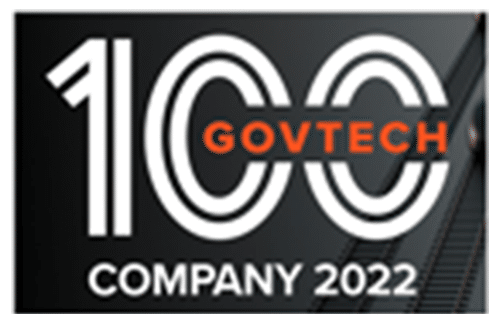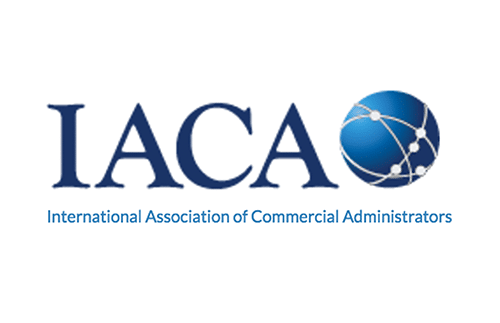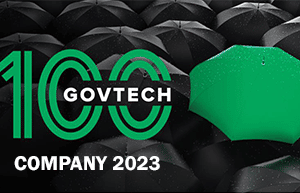The highly influential analyst firm Gartner recently unveiled its top 10 government technology trends in 2021 and beyond. Unsurprisingly to us, this list reflects a lot of the work we have done on the front lines and in the trenches over the past several years in accelerating the digital transformations of public agencies and fostering deeper citizen engagement.
Foremost on this list, the venerated research firm identified “hyperconnected public services,” which it defined as “hyperconnected, highly automated end-to- end business processes and public services that require minimal human intervention,” as a major public sector priority.
Indeed, when IT and government service are thought of holistically, agencies can eliminate silos that prevent departments from coordinating the delivery of overlapping services, as is illustrated by Sonoma County’s data hub, which integrates Public Assistance, Behavioral Health, Substance Abuse, Justice, and Housing records.
Of course, workflow automation is critical in providing this broad view that enables employees to act in the best interests of citizens. Internal approvals, citizen consent capture, and similar processes can be quickly routed across departments to ensure that each agency works off the same composite individual client identity.
And when different automation technologies work together, this “hyperautomation” synchs internal operational procedures with digital citizen-facing services, which has greatly benefitted agencies like the California DMV, which integrated SimpliGov’s workflow automation technology with UiPath’s RPA solutions to offer permit, license, and registration tasks via the Internet. California drivers now fill out those forms online via California DMV’s Virtual Field Office (VFO), and they are automatically routed and processed with considerably fewer errors in a fraction of the original processing time.
Workflow Automation Provides the Composable Enterprise’s Connective Tissue
Eliminating these siloes is the first step in creating a more efficient government that delivers better service to taxpayers. However, public agencies must also be agile enough to change with the times, both in the short and long terms. Gartner hits on this in another one of its trends in this analysis, the movement toward building a “composable government enterprise,” defined by the firm as “an organization made from interchangeable building blocks.”
By “composable,” we infer “scalable and adaptable.” In this paradigm, agencies can quickly ramp up new technology services that fit their evolving needs and dispose of those that have been rendered obsolete just as quickly.
Two other trends on Gartner’s list, “Anything-as-a- service” (XaaS) and “accelerated legacy modernization,” are critical to this effort. The cloud’s promise of paying for what you use via subscription, relieving organizations from IT maintenance and upgrades, and allowing those same agencies to extricate themselves from contracts at any time go a long way toward realizing the vision of a modular digital government. Seamless workflows, automated business processes, and e-signatures represent the connective tissue that integrates these XaaS offerings with entrenched systems in order to deliver that unified government enterprise.
For a demo please contact us here.





